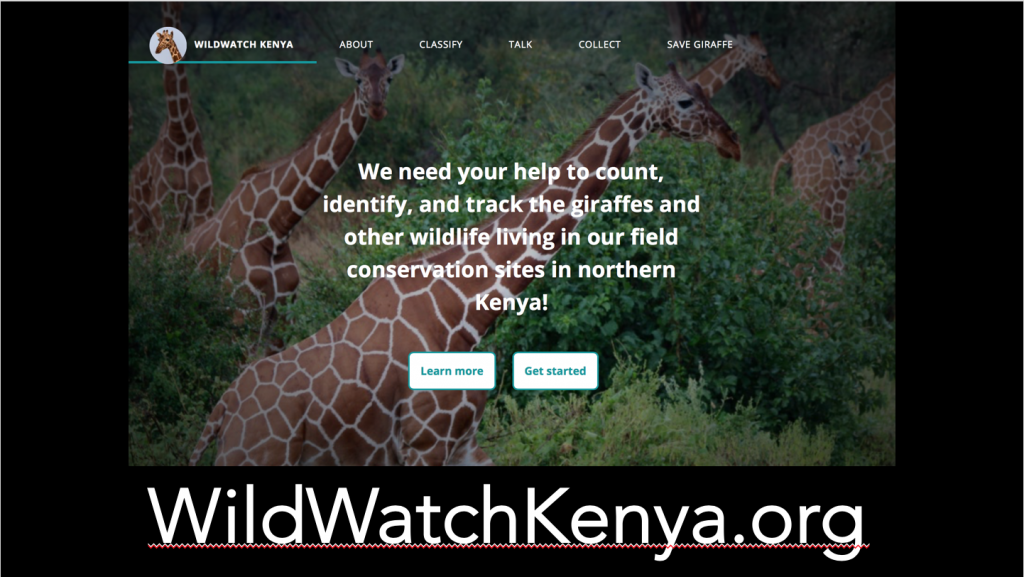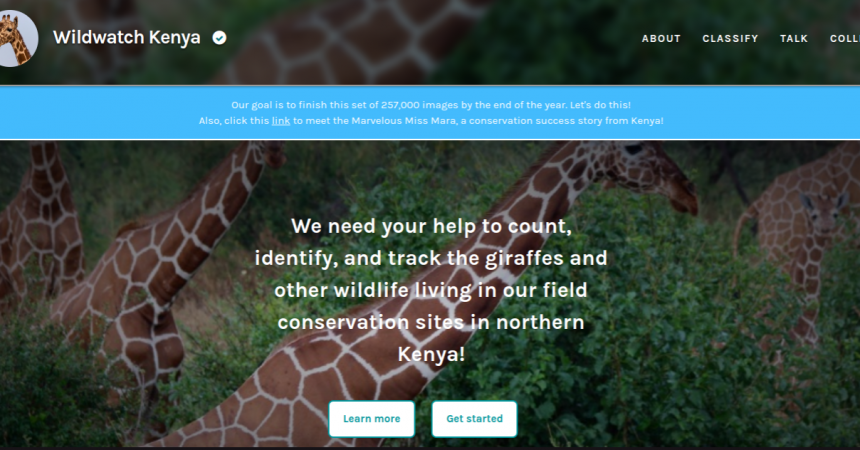Zoo InternQuest is a seven-week career exploration program for San Diego County high school juniors and seniors. Students have the unique opportunity to meet professionals working for the San Diego Zoo, Safari Park, and Institute for Conservation Research, learn about their jobs, and then blog about their experience online. Follow their adventures here on the Zoo’s website!
 Did you know that a giraffe’s tongue actually extends down three quarters of its neck? Did you know that, although rare, giraffes occasionally make soft humming noises? Did you also know that the reticulated giraffe, a species of giraffe native to Kenya, has been declining rapidly in recent years? Due to habitat loss, land degradation, and poaching, there are only about 9,000 reticulated giraffe left in the wild. If we don’t start taking action today, our kids and grandkids may not be able to witness the amazing reticulated giraffe in the wild.
Did you know that a giraffe’s tongue actually extends down three quarters of its neck? Did you know that, although rare, giraffes occasionally make soft humming noises? Did you also know that the reticulated giraffe, a species of giraffe native to Kenya, has been declining rapidly in recent years? Due to habitat loss, land degradation, and poaching, there are only about 9,000 reticulated giraffe left in the wild. If we don’t start taking action today, our kids and grandkids may not be able to witness the amazing reticulated giraffe in the wild.
Nikki Egna, a recent graduate of University of Southern California (USC), detailed the need to center more attention on the declining populations of reticulated giraffe. At the current moment, all giraffes in Africa are categorized as nine subspecies under one species. Since the International Union for Conservation of Nature (IUCN) does not consider the reticulated giraffe a separate species, the reticulated giraffe population does not get the necessary attention to be categorized as “Vulnerable to Extinction”. As part of the San Diego Zoo, Ms. Egna is conducting research and providing community outreach in Kenya in hopes of advocating for the reticulated giraffe and finding ways to protect it from extinction. Currently, there are two reserves in Kenya, Loisaba (a fenced reserve with no local community interaction) and Namunyak (an open reserve allowing nomadic pastoral locals to migrate within the reserve). In both reserves, researchers, such as Ms. Egna, are collecting information to learn more about the giraffe to human relations and giraffe to environment interactions.
In order to learn more about the movements and possible human and environmental impacts on the giraffes, researchers are tracking the reticulated giraffe population in a multitude of ways including GPS trackers. With satellite tracking, the team of researchers is able to see what parts of the reserve giraffes tend to visit. If the giraffes cross paths with migratory locals that herd animals, the research team surveys the locals and educates them on wildlife conservation. From these surveys, the research team has found that locals have a positive view of giraffes and are willing to coexist with them as long as the locals are not short on food. By keeping interactions with locals strong through education, the research group is making sure reticulated giraffes still have a future in Kenya.
Researchers also installed trail cameras around the reserve to track where certain species live or may pass by. These extremely sensitive motion sensor cameras occasionally capture amazing pictures of giraffes, impala, and even zebras. However, strong winds or small movements frequently trigger the trail cameras to capture picture after picture of empty grasslands. With thousands of pictures to sift through, researchers like Ms. Egna need your help to go through these images on the site Wild Watch Kenya. The process is not hard, simply look through the given image to see if there are any animals. If there are animals present, identify which types and how many you see. If you are unsure what type of animal it is, there are pictures and descriptions to help you match the correct type. This simple work can aid tracking efforts, ultimately helping the researchers better understand which habitats giraffes find favorable.
So even though giraffes are halfway around the world, you can still do your part right here at home by helping analyze the images on the Wild Watch Kenya site. The giraffes and the researchers at the San Diego Zoo need your help in preserving this species, so let’s rise to the occasion and work together to keep the reticulated giraffe roaming the grasslands of Kenya for many generations to come.
Nerissa, Real World
Week One, Fall Session 2018


